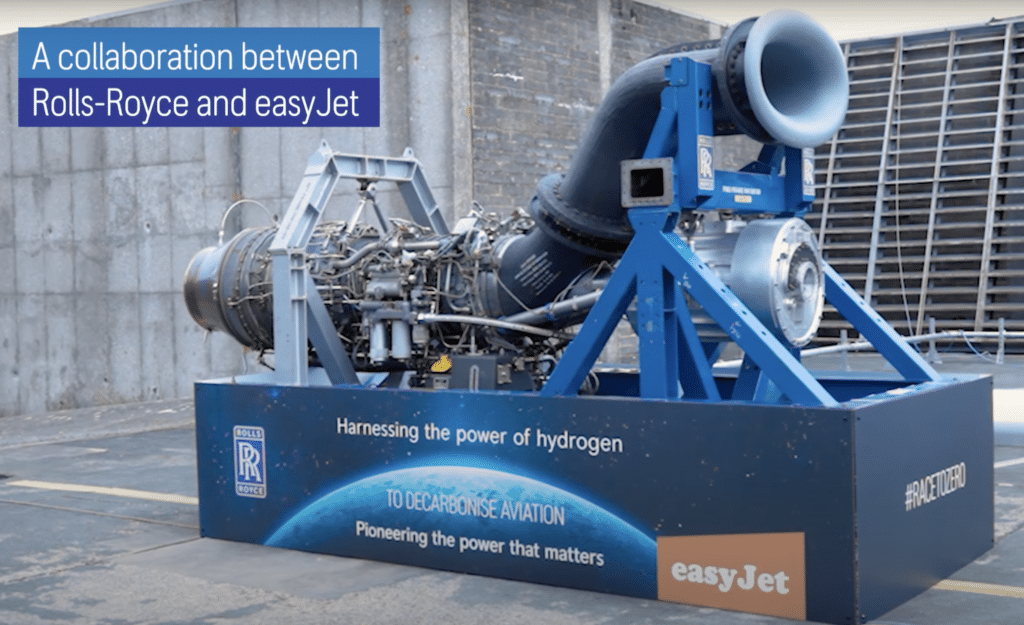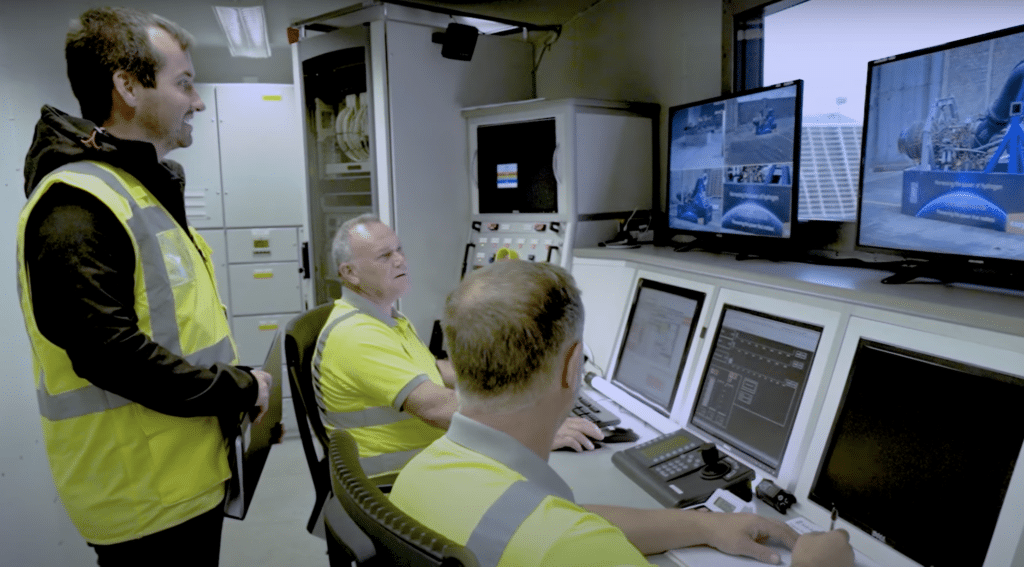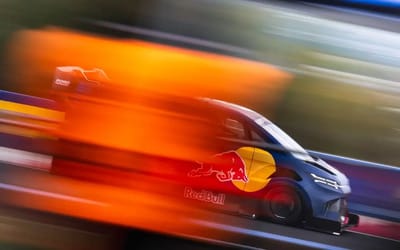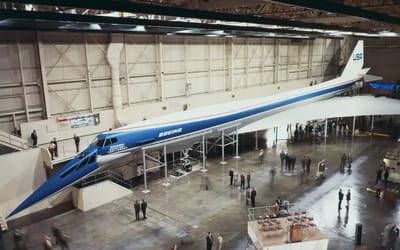Rolls-Royce hydrogen jet engine could change flights forever
- Rolls-Royce is working in partnership with EasyJet to produce a hydrogen jet engine
- The pair have already set a new aviation milestone with the world’s first run of a modern aero engine on hydrogen
- The early concept demonstrator used green hydrogen created by wind and tidal power
Published on Jan 25, 2024 at 3:29 PM (UTC+4)
by Adam Gray
Last updated on Feb 05, 2024 at 8:48 PM (UTC+4)
Edited by
Alessandro Renesis
Rolls-Royce is currently working on a hydrogen jet engine that could one day lead to huge change within the aviation industry.
To be specific, the British multinational aerospace and defense company is working alongside low-cost airline EasyJet to break new ground.
CHECK OUT THE VIDEO BELOW OF ROLLS-ROYCE TESTING THEIR HYDROGEN JET ENGINE!
READ MORE! The interesting reason some planes leave trails behind them
What’s wholly unusual about it, though, is the fuel that’s being used.
The engine itself is almost completely conventional; it’s a Rolls-Royce AE-2100AS gas turbine, a design widely used on regional airplanes around the world.
The immediate aim is a simple one – to show that it’s possible to run and control a jet engine using hydrogen fuel, rather than conventional aviation fuels.
In the longer term, the plan is for hydrogen to play a major role in allowing the aviation industry to continue growing, while cutting climate change emissions dramatically.

The fuel in question is hydrogen, and Rolls-Royce has already conducted a ground test on an early concept demonstrator using green hydrogen created by wind and tidal power.
“The reason we’re looking at hydrogen is really the drive for Net Zero,” Alan Newby, director of aerospace technology at Rolls-Royce, told the BBC.
“Normally we would run this thing on kerosene. Kerosene is a hydrocarbon and therefore produces carbon dioxide when it burns.
“The beauty of looking at a fuel like hydrogen is that it doesn’t contain any carbon and, therefore, when it burns it produces no CO2”.

While the tests have so far proven successful, there’s a long way to go towards building a new hydrogen jet engine that’s capable of powering a passenger aircraft safely.
Not only will it take a great deal more research, it will also take significant investment.
The aircraft themselves will also need to be redesigned as hydrogen, even in liquid form, takes up about four times as much space as the kerosene required to fly the same distance.
To make it into a liquid in the first place, it needs to be cooled to -253C.

Then, before being burned, it must be turned back into a gas.
The other key question is where the hydrogen itself comes from, because that will have a dramatic impact on the environmental benefits it can provide.
The green hydrogen, used in the tests, is made by using an electric current to split water into its components, hydrogen and oxygen.
The electricity required is produced using tidal and wind power, which makes it a very clean fuel.

However, most of the hydrogen produced for industrial use today is obtained from a process which involves mixing high temperature steam with natural gas under high pressure.
This produces a considerable amount of carbon dioxide, though, which is then released into the atmosphere.
What’s more, it also requires a considerable amount of energy – which is often provided by burning fossil fuels.
All thing considered, these first tests may one day been seen as the first, tentative steps towards a technological revolution in the industry.
In other news, a BMW-backed company has unveiled the world’s first hydrogen-powered VTOL.
We’ve also seen a new jet concept that redefines electric air travel and will reshape the future.
DISCOVER SBX CARS: The global premium car auction platform powered by Supercar Blondie

Adam Gray is an experienced freelance motoring journalist and content creator based in the United Kingdom. Using his media accreditation with manufacturers’ press offices, Adam test drives the latest cars and attends new vehicle press launches, producing written reviews and news pieces for a variety of lifestyle and business publications. Here at Supercar Blondie, Adam applies his journalistic skills penning social-first content around current news and trends. When he’s not behind the wheel of the latest car or writing up another viral story, Adam can be found at his local rink playing ice hockey or at the Riverside Stadium supporting his beloved Middlesbrough FC.




